M. Scott Brauer | Bloomberg | Getty Images
Higher-income consumers were more likely to report stronger economic confidence readings when asked to consider the next year given changes since the presidential election, according to JPMorgan’s Cost of Living Survey.
This release adds to a growing body of qualitative and quantitative evidence showing the U.S. economy is in a “K-shape,” a term used by economists to describe the deviation in economic experiences by income. In other words, it can explain why well-off Americans are continuing to spend while lower earners buckle under inflationary pressures.
“Survey results indicated a notable bifurcation,” JPMorgan’s Matthew Boss, a widely followed and respected consumer analyst, wrote in a Tuesday note to clients.
High-income respondents rated their confidence a 6.2 out of 10 — with 10 being the best — on average. More than half of this cohort chose a rating between 7 and 10, underscoring their rosy financial outlook.
On the other hand, low-income consumers reported a 4.4 score on average. Less than a quarter of participants in this category provided a score between 7 and 10, which Boss pointed out creates a 30-point delta between these groups.
Across income brackets, the average respondent rated their confidence at a 4.9 out of 10 rating.
This income-based division was once again prevalent when consumers were asked about their confidence for covering monthly bills compared with six to 12 months ago.
Nearly 6 of 10 high-income consumers said these bills were easier or becoming easier to cover. But just 37% and 30% of middle- and lower-income groups, respectively, said the same.
Higher-income respondents were also more likely to say they were planning to increase spending on nonessential items over the next year than other brackets, according to JPMorgan’s survey.
JPMorgan isn’t the only organization seeing a disparity between income classes when it comes to their economic outlook.
The top one-third of earners have reported an average consumer sentiment rating that’s around 25% higher than the lowest one-third over the last two years, according to the University of Michigan’s monthly consumer survey.
The Michigan survey’s most recent results reflect interviews conducted July 29-Aug. 25 of a statistically representative sample of about 1,000 American households.





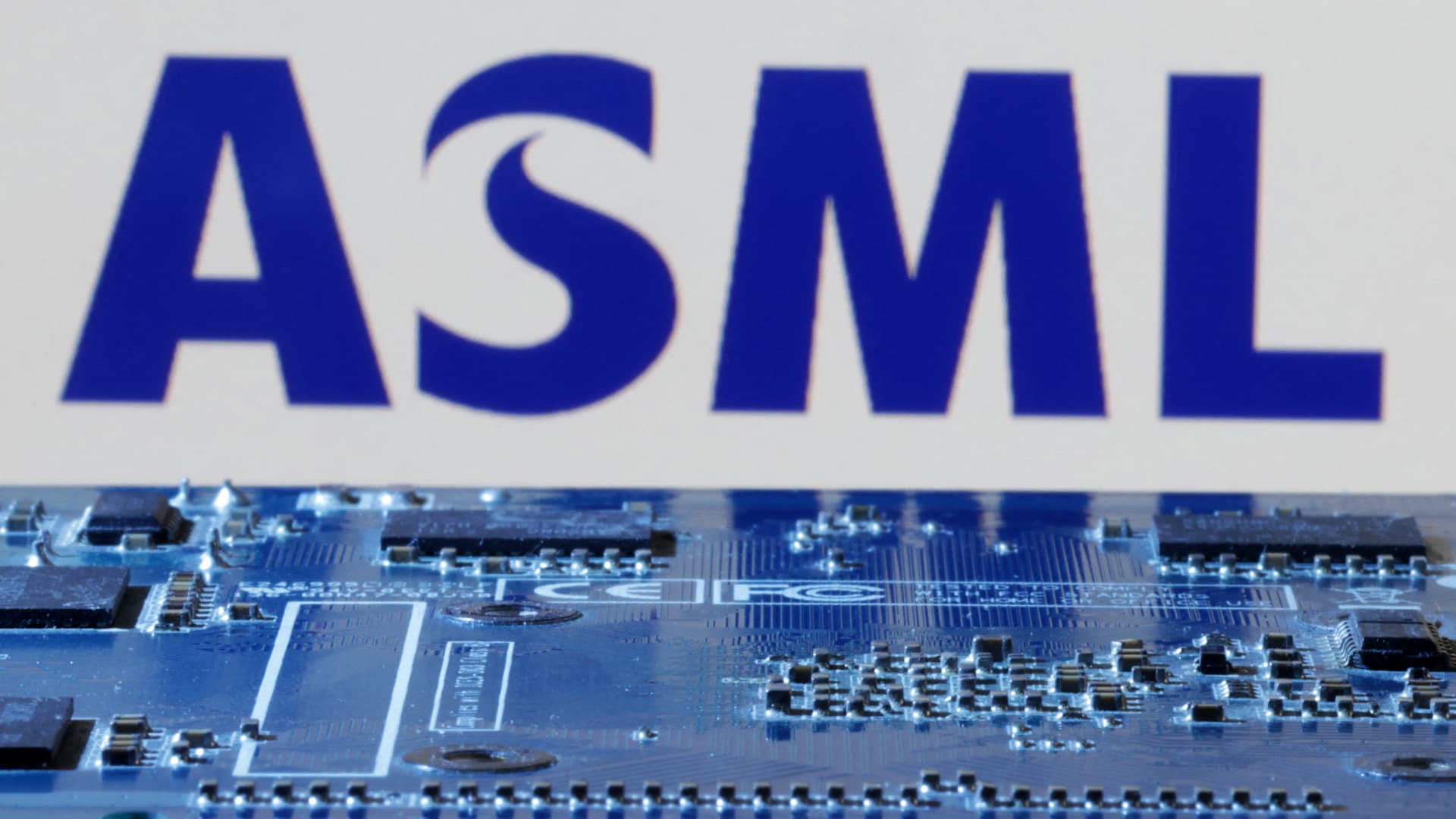

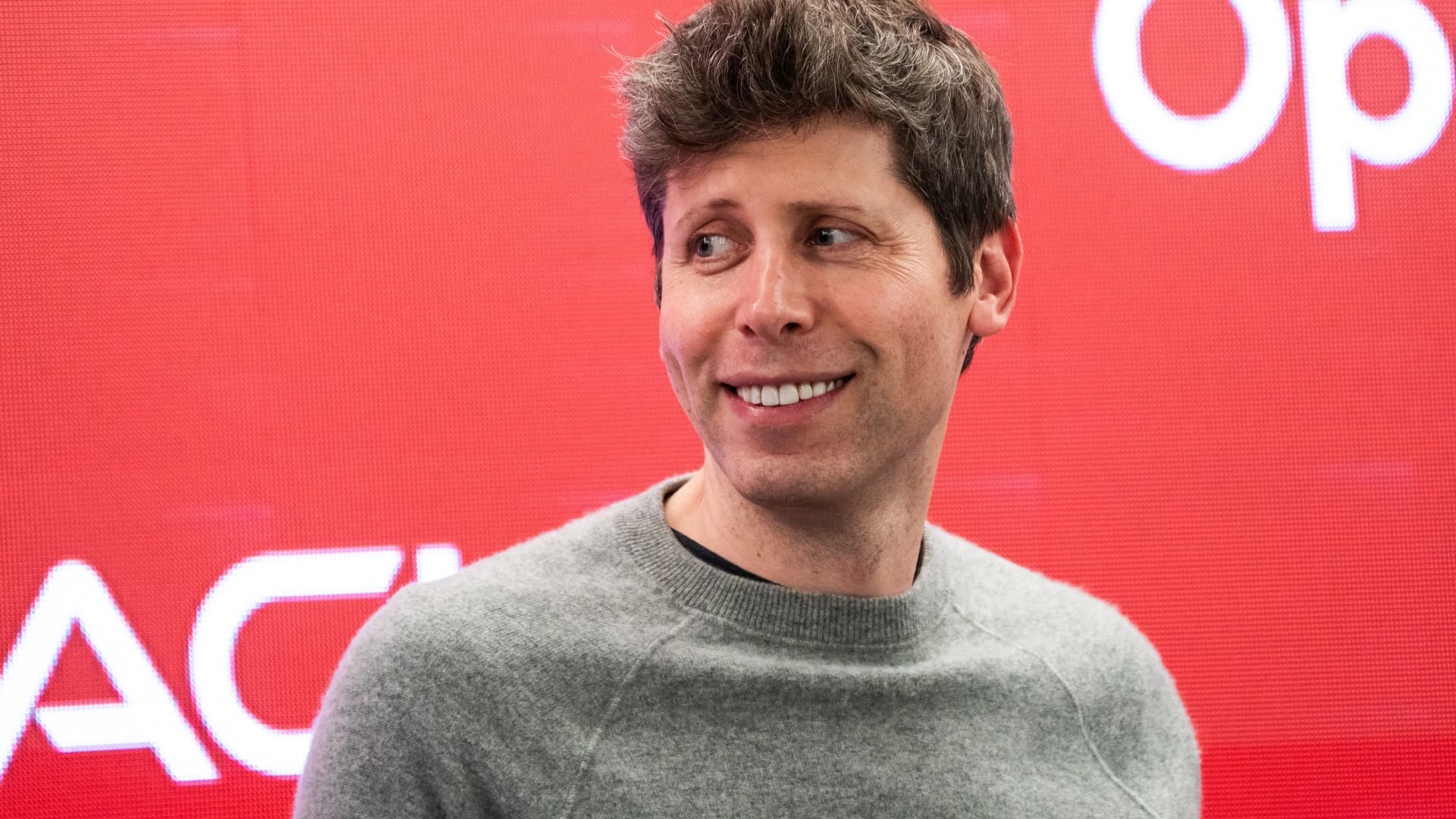
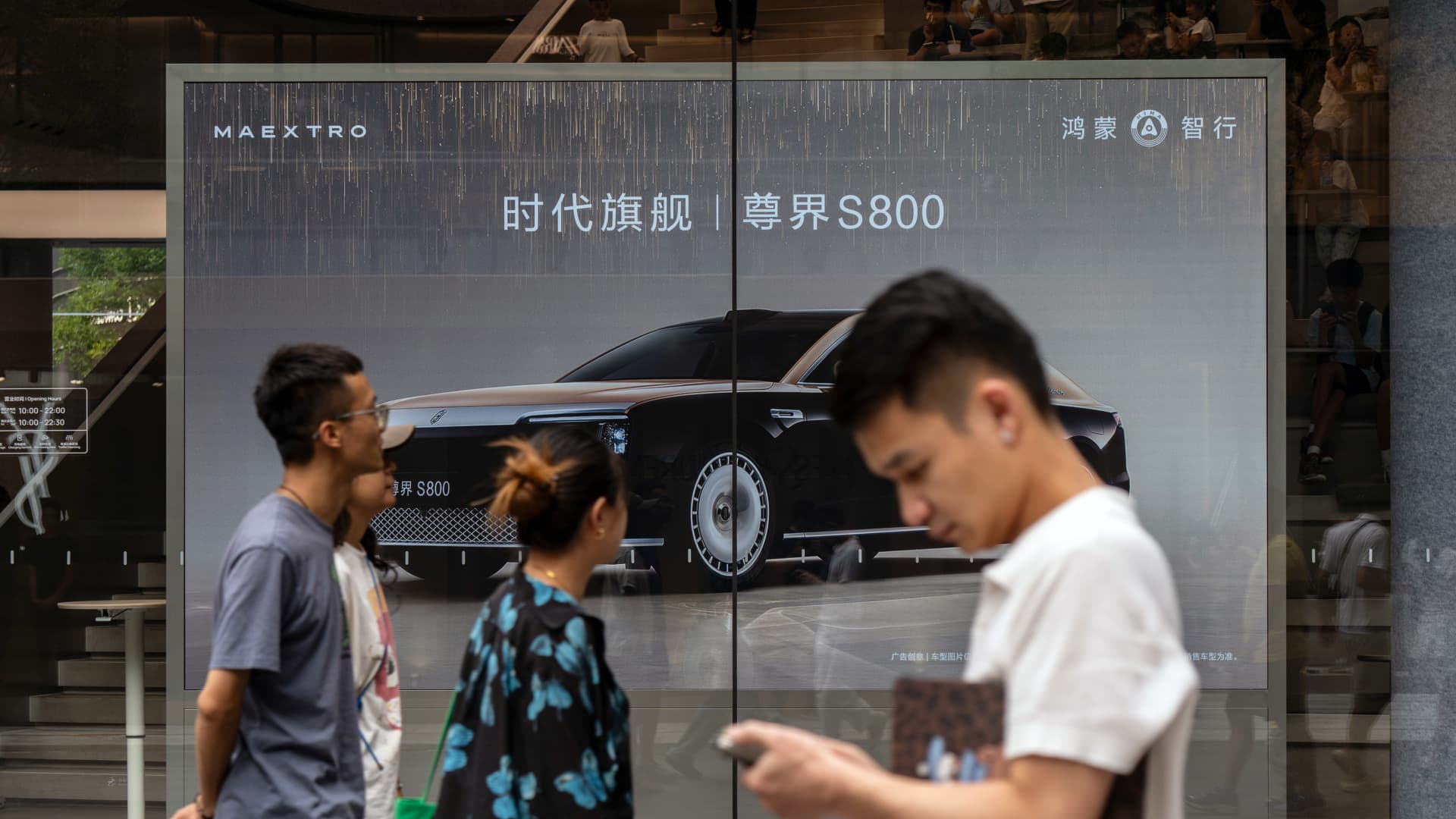
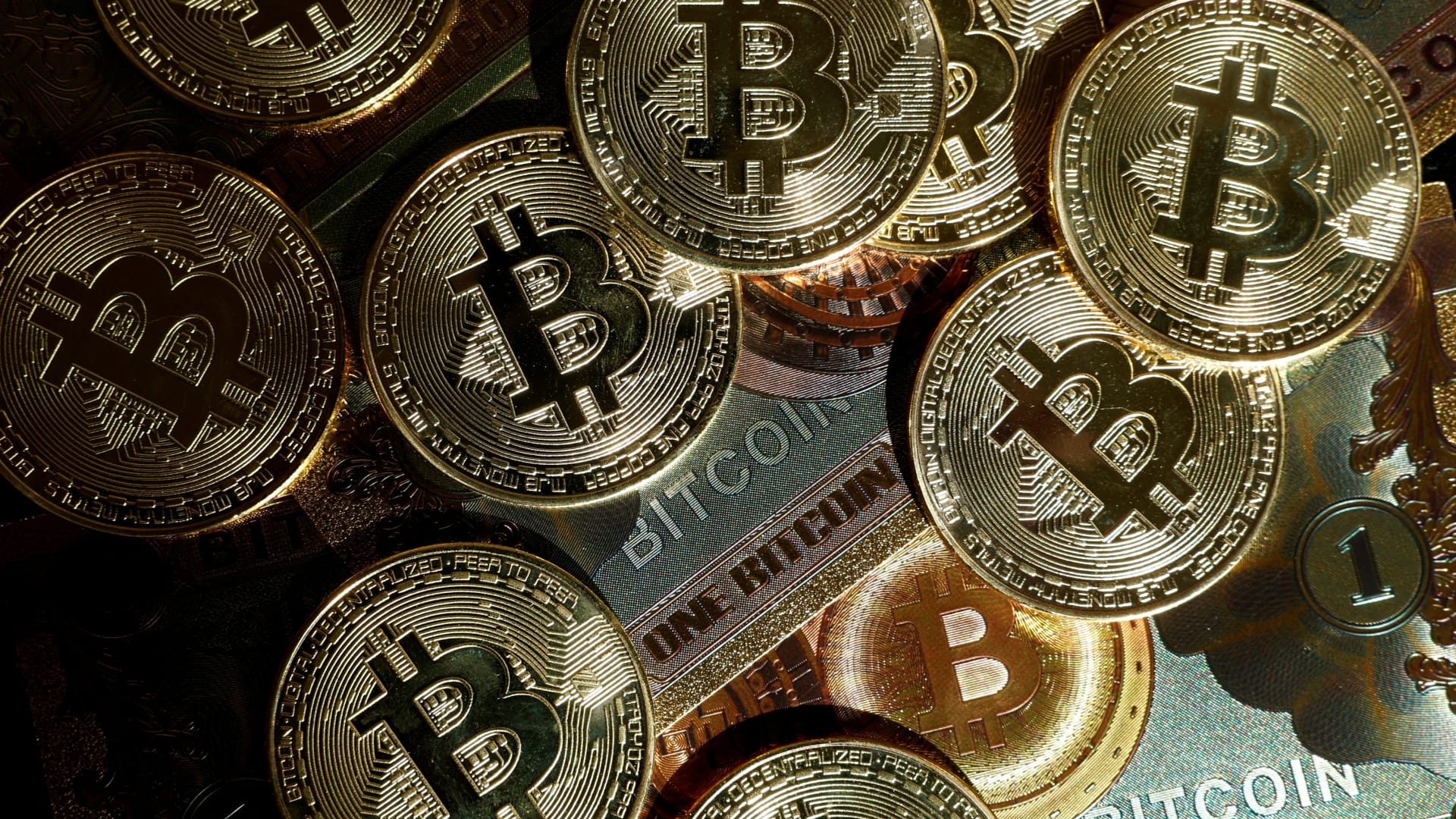
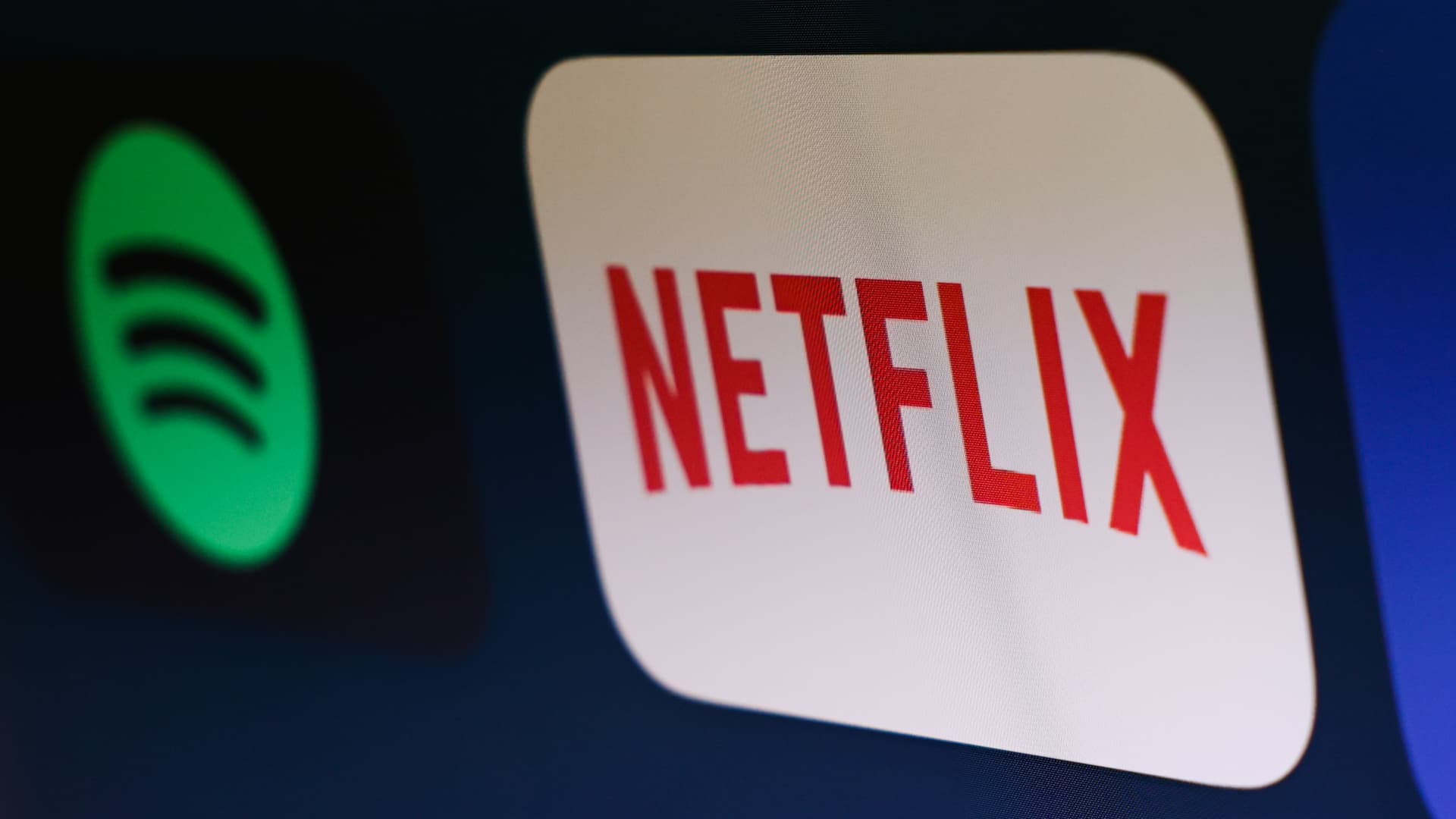
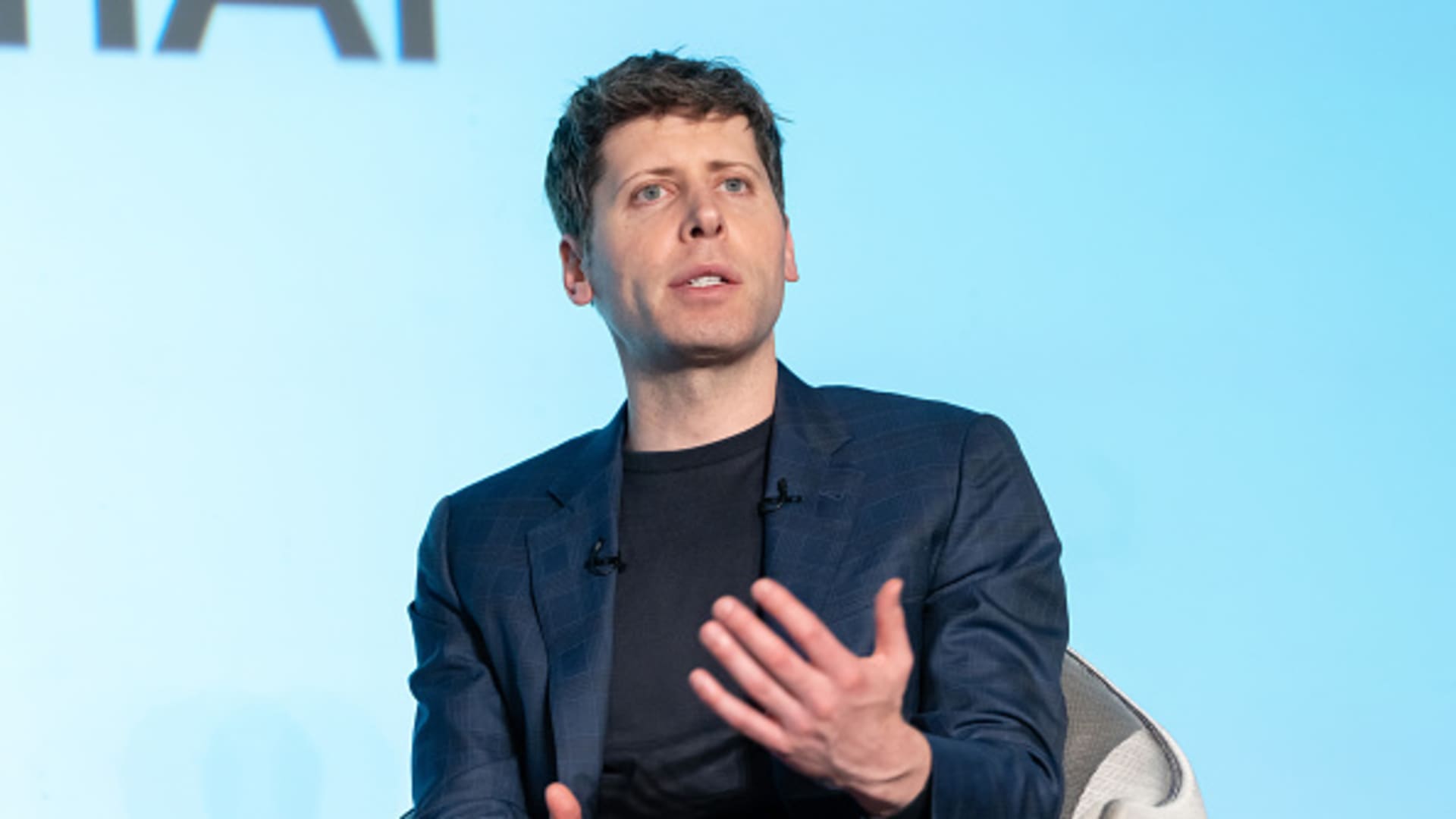



Leave a Reply